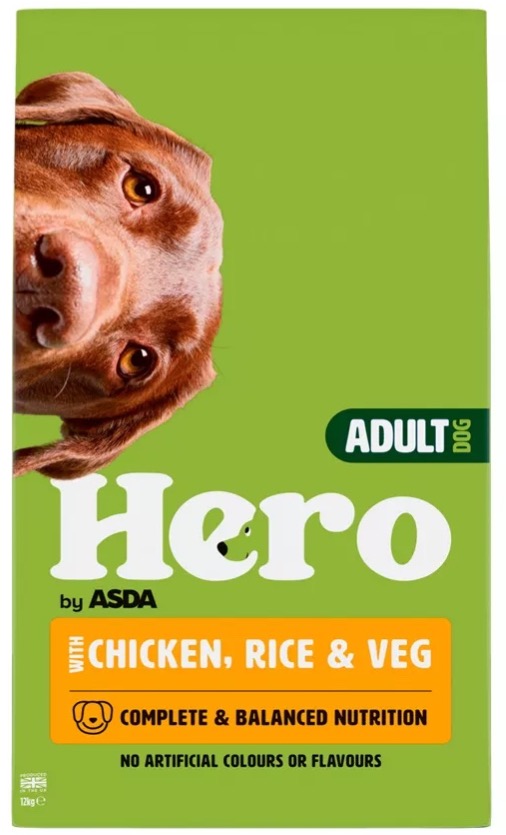
Cereals (4% Rice in the Rice Component), Meat and Animal Derivatives 24% (4% Chicken in the Chicken Component), Vegetables (4% Peas in the Pea Component), Oils and Fats, Derivatives of Vegetable Origin, Minerals, Dried Chicory Root (0.1%). Total Meat and Animal Derivatives 24%. Chicken Component Typically 20%, Rice Component Typically 20%, Pea Component Typically 80% of Product
26% Ingredient Score |
||
|---|---|---|
| 2/10 |
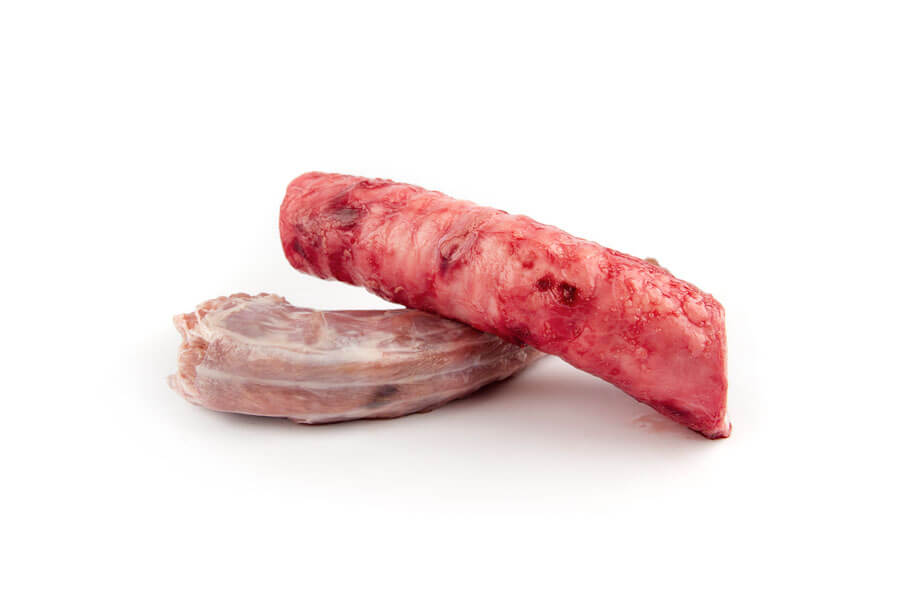 Meat and Animal Derivatives
|
|
| 2/10 |
Quantity as percentage
0-20%
|
|
| 1/5 |
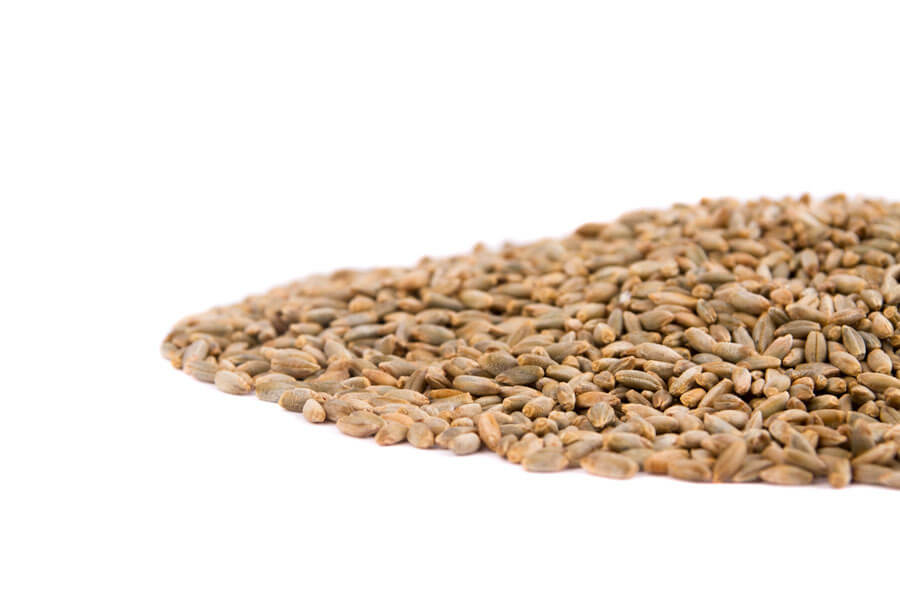 CerealsCereals encompass a large range of ingredients which can be very indigestible and can contain known allergens. |
|
| 2/10 |
Derived From Vegetable and Unspecified Meat IngredientsIt can be difficult to assess the quality of Vegetable and Unnamed Meat Ingredients. These encompass a large range of poor-quality sources which can be difficult to digest. |
|
| 1/5 |
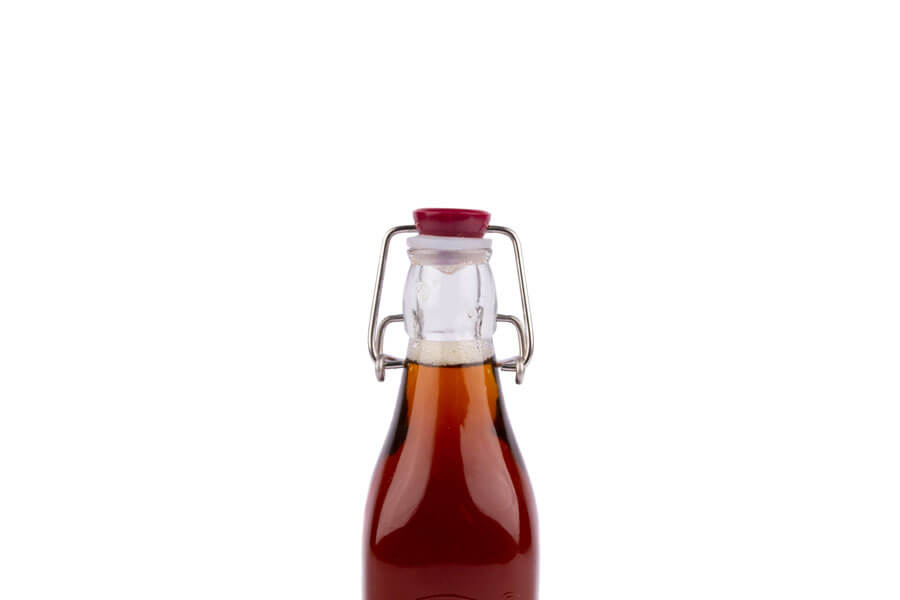 Vegetable / Animal OilVegetable and Animal Oils are both from large groups and they can range from ok to very poor sources of Omega 3 and 6 |
|
| 4/5 |
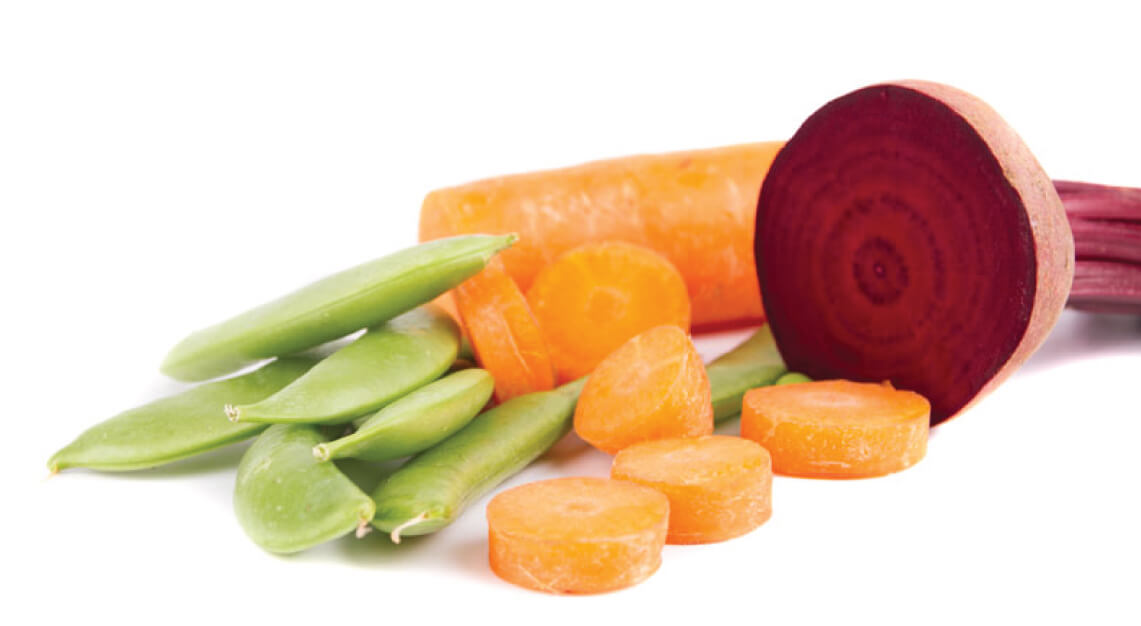 Sugar Beet / VegetablesSugar Beet and Vegetables contain good levels of both insoluble and soluble fibres and have them in easily accessible forms. |
|
| 1/5 |
Lower Quality OilThis group contains lower quality oils and Omegas that aid joint care. There are no specific ingredients added for extra joint health. |
Product Checklist |
|
|---|---|
| Wheat Free |
|
| Grain Free |
|
| Hypoallergenic Principles |
|
| Use Only Natural Preservatives |
|
| Joint Care |
|
| Cooking Process | Extruded |
Company Information5/10 |
Company InformationTo help pet owners get to know their preferred brands better, where we are able, we include information about each company's business practices. This includes questions about the sustainability of their processes and products, alongside information about the company themselves. There is no score associated with the company information. Questions answered yes will be ticked and those answered no will have crosses. If the answer is unknown, we feature a question mark. |
|
|---|---|---|
|
|
Does the Company use renewable energy in the production of their food?By making a switch to sustainable renewable energy, businesses reduce reliance on fossil fuels. Green alternatives are now more available than ever and easier for companies to implement in the production of their products. |
|
|
|
Does the Company use renewable energy in both offices and headquarters?By making a switch to sustainable renewable energy, businesses reduce reliance on fossil fuels. Green alternatives are now more available than ever and easier for companies to implement in their offices and warehouses. |
|
|
|
Are the Company headquarters Carbon Neutral?Human and Pet food manufacturing has a huge impact on the planet. Some companies have invested significantly in reducing their C02 emissions within their offices and company headquarters. Some are now able to make the positive statement of being completely Carbon Neutral. |
|
|
|
Are all stages of the Company's production Carbon Neutral?Human and Pet food manufacturing has a huge impact on the planet. Some companies have invested significantly in reducing their C02 emissions within their offices and company headquarters. Some are now able to make the positive statement of being completely Carbon Neutral. |
|
|
|
Is all the Company's packaging compostable or recyclable?Investing in packaging that is easy to recycle or reuse is a huge step in creating a greener planet. The right type of packaging has an incredibly long-life span and has the capacity to be turned into other packaging and products time and time again. |
|
|
|
Does the company use traceable free range meat?Free Range livestock are healthier, happier due to access to natural conditions such as sunlight and free and space to roam. Full traceability is important for all stages of meat production, from the raising to the eventual slaughter. |
|
|
|
Does the Company use organic meat?Some meat used across the pet industry can contain potentially harmful chemicals or antibiotics. Organic certified meat and fish is 100% free of anything artificial and can be more digestible and palatable for pets. |
|
|
|
Which country is the Company based in for tax purposes?Where a company is based will directly dictate how much tax is being paid. A company being based and registered in the UK (or home country of brand) means appropriate tax is paid here to support the economy. Some companies will be based in 'tax havens' with low or no corporate taxes. Tick given to all companies in the UK or their home country paying suitable tax. |
|
|
|
Is the Company family/privately owned?Some pet brands are owned and have been developed by a family run company or private investors. |
|
|
|
Is the Company owned by a corporation or investment fund?Some pet food brands are owned by a larger parent company. This larger corporation will control several different brands and companies. Some will be within the pet sector and some outside the sector. |